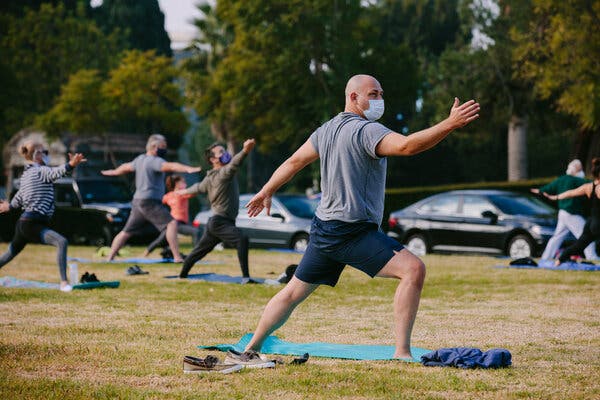Five days of antibiotics fine for children with pneumonia: Study
Many parents know the struggle of having to make children with pneumonia finish the usual 10-day course in antibiotics despite the child feeling better after a few days of medication.
New research from McMaster University has proven that a five-day course of high-dose amoxicillin will do just as well for children six months to 10 years old with common pneumonia.
“Several studies have proven that adults with pneumonia do fine with short courses of antibiotics, and now we have proved a short course of antibiotics also works for children,” said Dr. Jeffrey Pernica, lead study author, associate professor of pediatrics of McMaster’s Michael G. DeGroote School of Medicine and an infectious disease pediatrician for Hamilton Health Sciences.
The study, involving 281 Ontario children, found that 85.7% of those who received the short course of antibiotics and 84.1% of those who received the longer course of medication were cured two to three weeks later.
The paper was published online by the journal JAMA Pediatrics today.
“The dramatic increase in antimicrobial resistance in the world today is driven by overuse of antibiotics — which has only worsened during the COVID-19 pandemic,” Pernica said. “This is why we need these clinical studies — to figure out how short we can make antibiotic treatment courses for common infections.”
He said there are other reasons to use the least amount of antibiotics needed to effectively treat bacterial infections, including minimizing the costs of medicine.
As well, he noted, a number of conditions including obesity, asthma, and arthritis, have been associated with changes in the human microbiome that can be caused by the use of antibiotics.
The research team is recommending that clinical practice guidelines prepared for health professionals consider recommending five days of amoxicillin for pediatric pneumonia.
This study was supported by the PSI Foundation, Pediatric Emergency Research Canada and Hamilton Health Sciences.
The research is part of Canada’s Global Nexus for Pandemics and Biological Threats, an international network based at McMaster, with scientists, clinicians, engineers, social scientists and other experts working collaboratively to prevent future pandemics and mitigate global health threats.
Story Source:
Materials provided by McMaster University. Note: Content may be edited for style and length.

